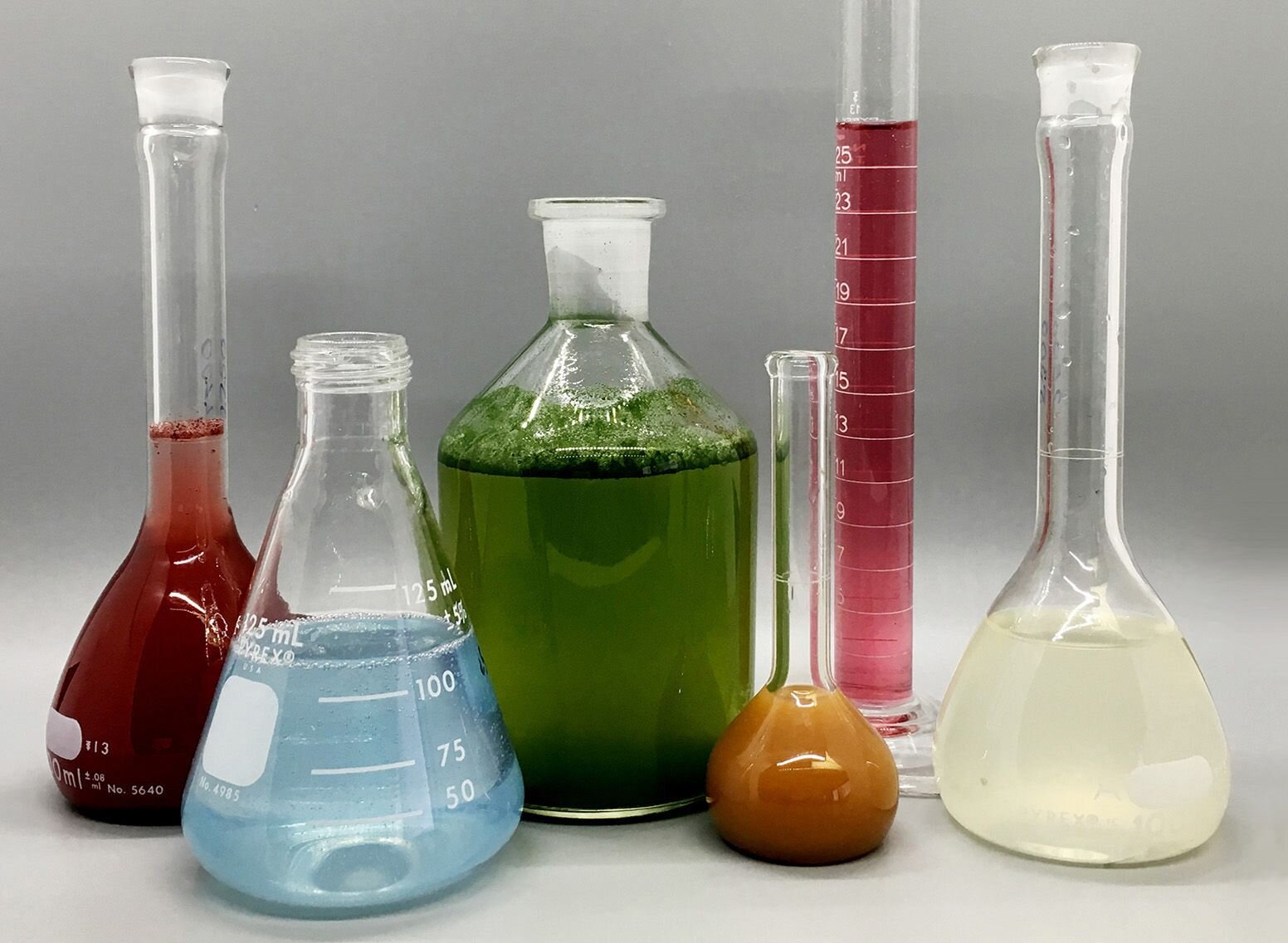Circularly Polarized Luminescence for Beginners
Circularly Polarized Luminescence for Beginners
Blog Article
Rumored Buzz on Spectrophotometers
Table of ContentsSpectrophotometers - The FactsThe Uv/vis/nir PDFsLittle Known Facts About Circularly Polarized Luminescence.Little Known Questions About Spectrophotometers.The smart Trick of Circularly Polarized Luminescence That Nobody is Talking About

Spectrophotometry is a tool that hinges on the quantitative analysis of molecules depending on how much light is absorbed by colored substances.
Rumored Buzz on Spectrophotometers
A spectrophotometer is typically used for the measurement of transmittance or reflectance of options, transparent or nontransparent solids, such as polished glass, or gases. Many biochemicals are colored, as in, they take in visible light and therefore can be measured by colorimetric treatments, even colorless biochemicals can frequently be transformed to colored compounds suitable for chromogenic color-forming responses to yield compounds ideal for colorimetric analysis.: 65 Nevertheless, they can likewise be created to measure the diffusivity on any of the listed light varieties that normally cover around 2002500 nm using different controls and calibrations.
An example of an experiment in which spectrophotometry is utilized is the decision of the stability constant of a solution. A specific chemical response within an option may take place in a forward and reverse instructions, where reactants form products and products break down into reactants. At some time, this chemical reaction will reach a point of balance called an equilibrium point.
7 Simple Techniques For Spectrophotometers
The amount of light that goes through the solution is a sign of the concentration of certain chemicals that do not enable light to pass through. The absorption of light is because of the interaction of light with the electronic and vibrational modes of molecules. Each kind of particle has a private set of energy levels connected with the makeup of its chemical bonds and nuclei and hence will take in light of particular wavelengths, or energies, resulting in unique spectral residential or commercial properties.
They are widely utilized in many markets including semiconductors, laser and optical manufacturing, printing and forensic evaluation, as well as in laboratories for the study of chemical compounds. Spectrophotometry is typically used in measurements of enzyme activities, determinations of protein concentrations, determinations of enzymatic kinetic constants, and measurements of ligand binding reactions.: 65 Ultimately, a spectrophotometer is able to determine, depending on the control or calibration, what substances are present in a target and precisely how much through computations of observed wavelengths.
Invented by Arnold O. Beckman in 1940 [], the spectrophotometer was created with the help of his associates at his company National Technical Laboratories established in 1935 which would end up being Beckman Instrument Company and ultimately Beckman Coulter. This would come as a solution to the formerly created spectrophotometers which were not able to take in the ultraviolet properly.
Getting The Uv/vis/nir To Work
It would be discovered that this did not offer acceptable results, for that reason in Model B, there was a shift from a glass to a quartz prism which allowed for much better absorbance results - UV/Vis (https://www.figma.com/file/eT4jdyebIeUQ23ozOL89IX/Untitled?type=design&node-id=0%3A1&mode=design&t=vN0gsYYCmHohU5HF-1). From there, Model C was born with an adjustment to the wavelength resolution which ended up having 3 systems of it produced
It irradiates the sample with polychromatic light which the sample soaks up depending upon its properties. Then it is sent back by grating the photodiode variety which detects the wavelength region of the spectrum. Since then, the development and implementation of spectrophotometry devices has increased profoundly and has become one of the most innovative instruments of our time.

Not known Facts About Spectrophotometers
Historically, spectrophotometers utilize a monochromator consisting of a diffraction grating to produce the analytical spectrum. The grating can either be movable or fixed. If a single detector, such as a photomultiplier tube or photodiode is utilized, the grating can be scanned stepwise (scanning spectrophotometer) so that the detector can determine the light strength at each wavelength (which will represent each "step").
In such systems, the grating is repaired and the strength of each wavelength of light is determined by a different detector in the range. Additionally, most contemporary mid-infrared spectrophotometers utilize a Fourier change strategy to get the spectral details - https://pastebin.com/u/olisclarity1. This method is called Fourier transform infrared spectroscopy. When making transmission measurements, the spectrophotometer quantitatively compares the fraction of light that goes through a reference service and a test service, then digitally compares the strengths of the two signals and calculates the portion of transmission of the sample compared to the referral standard.

Report this page